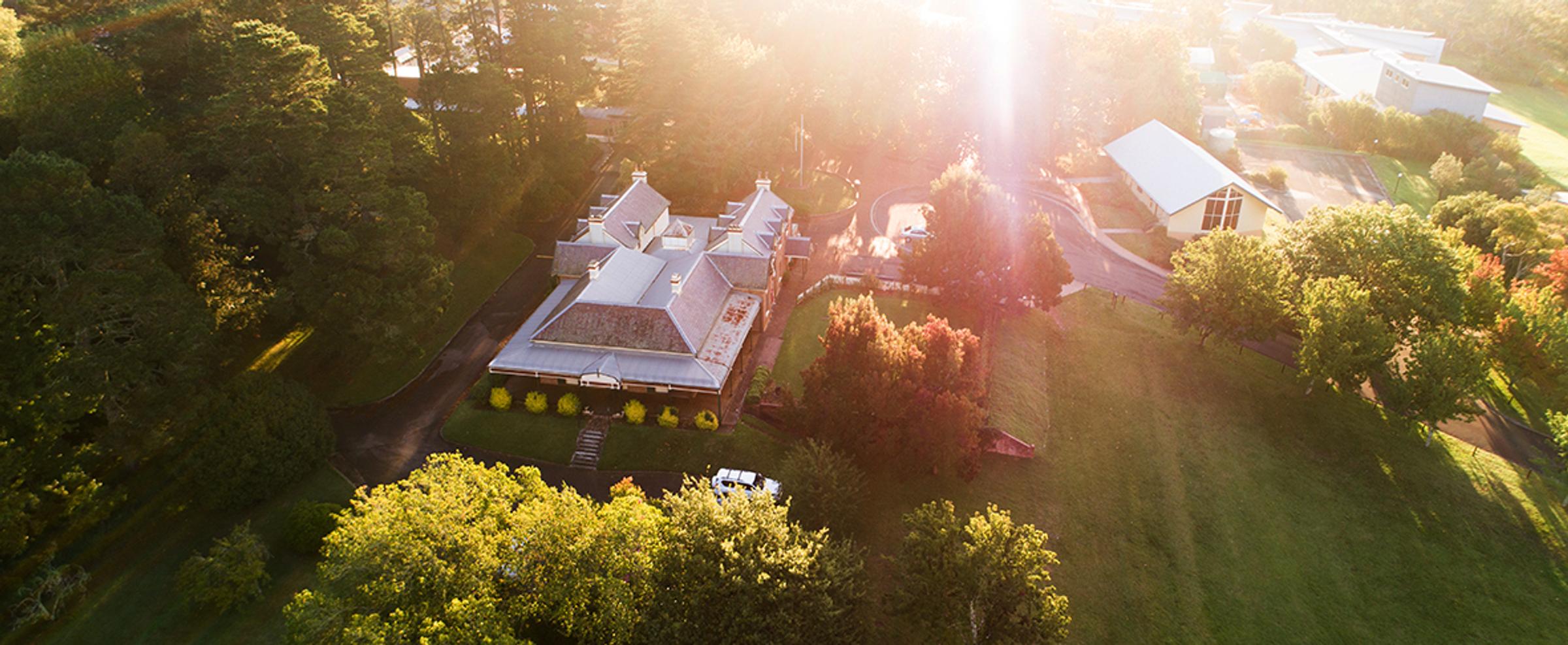From the Acting Headmaster

At the moment I am reading The Opera House by Peter Fitzsimmons. The book describes how this stunning landmark of modern Australia came to be. The book investigates the history of the Opera House, detailing the dramatic stories and controversies that have arisen since the decision was made to forge ahead with the project. The topic fascinates me as I remember having my photo taken by my Dad on the front steps at the official opening back in October 1973. Just to be clear, I was very young at the time.
As I read the pages, I was not surprised by the depth of differing opinions about the design at the time. I was captivated when I first set eyes on the Opera House in 1973. I remember sitting on the enormous steps that were cast across the entire width of the footprint, and it was like nothing I had ever seen before. I remember the image of Ben Blakeney, a direct descendant of Bennelong, appearing in silhouette form at the apex of one of the high roof sails welcoming the public to the Opera House. Since that day, I have always associated the Opera House with my sense of place.
I knew there was wide-ranging controversy over this building. It was completely different in its look and feel compared to other architectural norms of the time; the Sydney Tram depot that used to inhabit Bennelong Point had to be relocated, but the blowout in budget was the most debated topic. From an original estimation of $3.5m, the project cost over $100m. I will let you do the sums, but that is a lot of money in any language or at any time in history.
However, it got me thinking about those who pushed ahead with the vision to build a world-class cultural centre in the heart of Sydney Harbour. These people were resilient; they had grit. The project took over 18 years from conception to completion. The result is a landmark celebrated for its architectural grandeur and the daring and innovation of its design. It is considered, along with the Taj Mahal, as one of the greatest modern architectural achievements ever built. The World Heritage listing it now enjoys is a testament to its place in history.
So what lessons do I take from this story? It reminds me, firstly, how important our experiences are to connect us to a place. Our first nations friends have expressed this for as long as I can remember. With that in mind, I wonder what experiences, connections, and traditions might help our young people to feel that they have a deeply personal connection to their place at Blue Mountains Grammar School.
As I sat on those enormous steps in 1974, my worldview changed slightly. I saw Sydney in particular and Australia more broadly as the place I was connected to. I loved our city then, but not as much as I do now. Do we, as adults, take time with our children to reflect on their stories? Do we highlight to them those moments of significance they will carry as a part of their personal narrative? Our legacy counts! I know the staff at our school continue to enjoy working with you to create a future for your child filled with moments like mine in 1973, moments that shape their worldview. Thank you for that opportunity!
Footnote: On 20th October 1974, Queen Elizabeth II opened the Sydney Opera House. Today we all woke to the news of her passing, and Blue Mountains Grammar School acknowledges her contribution to the story of Australia and the Commonwealth.
Mr Steven Coote
Acting Headmaster
